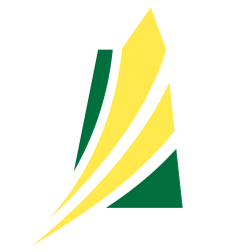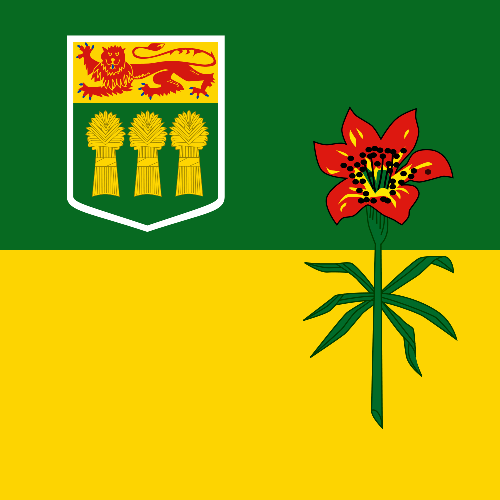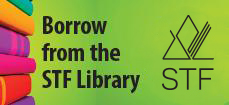Course Configurations
| (a) | Identify various types of financial institutions (e.g., virtual banks, bricks-and-mortar banks, credit unions, alternative lenders, international banks, insurance companies, mortgage companies and securities dealers and advisors). |
| (b) | Identify First Nations financial institutions (e.g., First Nations Bank of Canada and Indigenous credit unions) and others (e.g., Habib Canadian Bank and Bank of China--Canada) responsive to various cultures in Canada. |
| (c) | Research common financial services or products such as chequing and savings accounts, debit and credit cards, telephone banking, mobile banking, online banking and automated teller machine (ATM) banking. |
| (d) | Identify fees commonly associated with various financial services. |
| (e) | Discuss reasons why consumers are often skeptical of financial institutions’ practices and fees. |
| (f) | Explore ways to minimize financial service fees. |
| (g) | Describe the process and requirements, including personal identification required, for applying for an account at a financial institution. |
| (h) | Identify commonly used terms (e.g., service charges, interest rates, deposits, withdrawals and overdrafts) within the financial services industry. |
| (i) | Investigate how financial institutions make money, including the rate differential between lending and deposit rates. |
| (j) | Research the prevalence of payday lenders and cheque cashing centres in Saskatchewan, the services they provide and the fees typically associated with those services. |
| (k) | Discuss the advantages and disadvantages of accessing the services of payday lenders and cheque cashing centres. |













This Canadian resource supports the Financial Literacy curriculum and provides information at a suitable introductory level. The resource is organized under six headings for a total of 15 modules.
Topics covered:
- Goals, Values and Decision-making
- Getting and Earning Money
- Spending Money and Taking Control
- Borrowing Money and Using Credit
- Saving and Investing Money
- Protecting Assets and Planning for the Future.
The resource includes:
- Student Guide, English or French, free online PDF version or hard copies can be ordered at a minimal fee
- Teacher's Guide, English or French, free online version
This Canadian textbook is divided into five parts:
- Planning Your Personal Finances
- Managing Your Personal Finances
- Insuring Your Assets
- Investing Your Financial Resources
- Controlling Your Financial Future
The resource contains case studies, concept checks, assignments and assessment examples.
There are four purchase options:
- eBook
- eBook only (online version of textbook)
- Connect
- eBook, homework, adaptive assignments and study tools
- Connect and print text
- eBook, homework, adaptive assignments and study tools
- printed textbook
- Print text
- printed textbook only

The Indigenous Edition of Money and Youth builds on the original resource from the Canadian Foundation for Economic Education, CFEE. Damon Johnston, President of the Aboriginal Council of Winnipeg, provided guidance rooted in traditional teachings and the Seven Sacred Laws. Vanessa Everett, CEO of Economic Development with the Keewatin Tribal Council, adapted the original version by Gary Rabbior of CFEE. Input from respected individuals across Turtle Island also helped shape this edition.
Topics covered:
- Goals, Values and Decision-making
- Getting and Earning Money
- Spending Money and Taking Control
- Borrowing Money and Using Credit
- Saving and Investing Money
- Protecting Assets and Planning for the Future.
The resource includes:
- Student Guide, English, free online PDF version or hard copies can be ordered at a minimal fee
- Teacher's Guide, English, free online version

